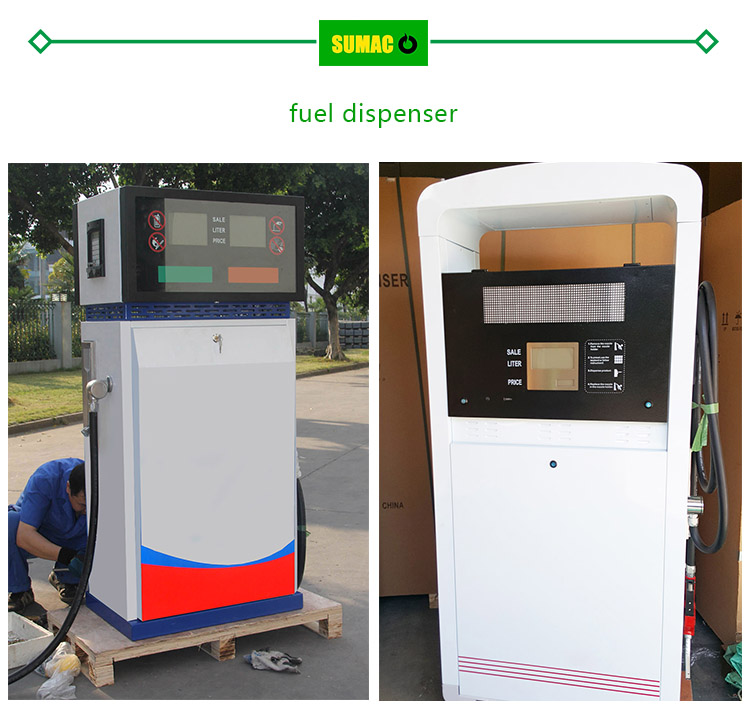Detecting leaks in Self - Bunded Tanks is crucial for maintaining safety and preventing environmental hazards. There are several methods to achieve this effectively.
Visual Inspection
Regular visual checks are the simplest and most basic method. Operators should examine the outer surface of the bund and the inner tank's access points, such as valves, fittings, and seams. Look for signs of wet patches, stains, or any abnormal liquid accumulation on the outer shell of the bund. A discoloration on the ground around the tank could also indicate a leak. However, this method may not detect small or internal leaks immediately.
Regular visual checks are the simplest and most basic method. Operators should examine the outer surface of the bund and the inner tank's access points, such as valves, fittings, and seams. Look for signs of wet patches, stains, or any abnormal liquid accumulation on the outer shell of the bund. A discoloration on the ground around the tank could also indicate a leak. However, this method may not detect small or internal leaks immediately.
Interstitial Monitoring
Self - Bunded Tanks have an interstitial space between the inner and outer tanks. Installing sensors in this space is a highly effective way to detect leaks. Float - type sensors can be used to monitor the liquid level in the interstitial area. When a leak occurs from the inner tank, the liquid will accumulate in this space, causing the float to rise and trigger an alarm. Another option is using conductivity sensors. These sensors detect changes in electrical conductivity when a conductive liquid, like fuel, leaks into the interstitial space, signaling a potential leak.
Self - Bunded Tanks have an interstitial space between the inner and outer tanks. Installing sensors in this space is a highly effective way to detect leaks. Float - type sensors can be used to monitor the liquid level in the interstitial area. When a leak occurs from the inner tank, the liquid will accumulate in this space, causing the float to rise and trigger an alarm. Another option is using conductivity sensors. These sensors detect changes in electrical conductivity when a conductive liquid, like fuel, leaks into the interstitial space, signaling a potential leak.
Pressure and Vacuum Testing
Pressure testing involves pressurizing the inner tank with an inert gas, such as nitrogen, to a specified level. Then, the pressure is monitored over time. If there is a significant drop in pressure, it indicates a possible leak. Vacuum testing, on the other hand, creates a vacuum inside the tank. A loss of vacuum suggests that air is entering the tank, likely through a leak. These methods are more sensitive and can detect even tiny leaks but require specialized equipment and trained personnel.
Pressure testing involves pressurizing the inner tank with an inert gas, such as nitrogen, to a specified level. Then, the pressure is monitored over time. If there is a significant drop in pressure, it indicates a possible leak. Vacuum testing, on the other hand, creates a vacuum inside the tank. A loss of vacuum suggests that air is entering the tank, likely through a leak. These methods are more sensitive and can detect even tiny leaks but require specialized equipment and trained personnel.
Automatic Leak Detection Systems
Modern self - bunded tanks often come with integrated automatic leak detection systems. These systems continuously monitor various parameters like flow rates, temperatures, and pressures. By analyzing these data in real - time, the system can identify patterns that may indicate a leak. For example, if there is an unexpected change in the flow rate of the stored liquid without any corresponding operational changes, it could be a sign of a leak. Some advanced systems also use machine learning algorithms to improve the accuracy of leak detection over time.
Modern self - bunded tanks often come with integrated automatic leak detection systems. These systems continuously monitor various parameters like flow rates, temperatures, and pressures. By analyzing these data in real - time, the system can identify patterns that may indicate a leak. For example, if there is an unexpected change in the flow rate of the stored liquid without any corresponding operational changes, it could be a sign of a leak. Some advanced systems also use machine learning algorithms to improve the accuracy of leak detection over time.
Combining these detection methods provides a comprehensive approach to ensure the early identification of leaks in Self - Bunded Tanks, allowing for prompt action to mitigate risks.

